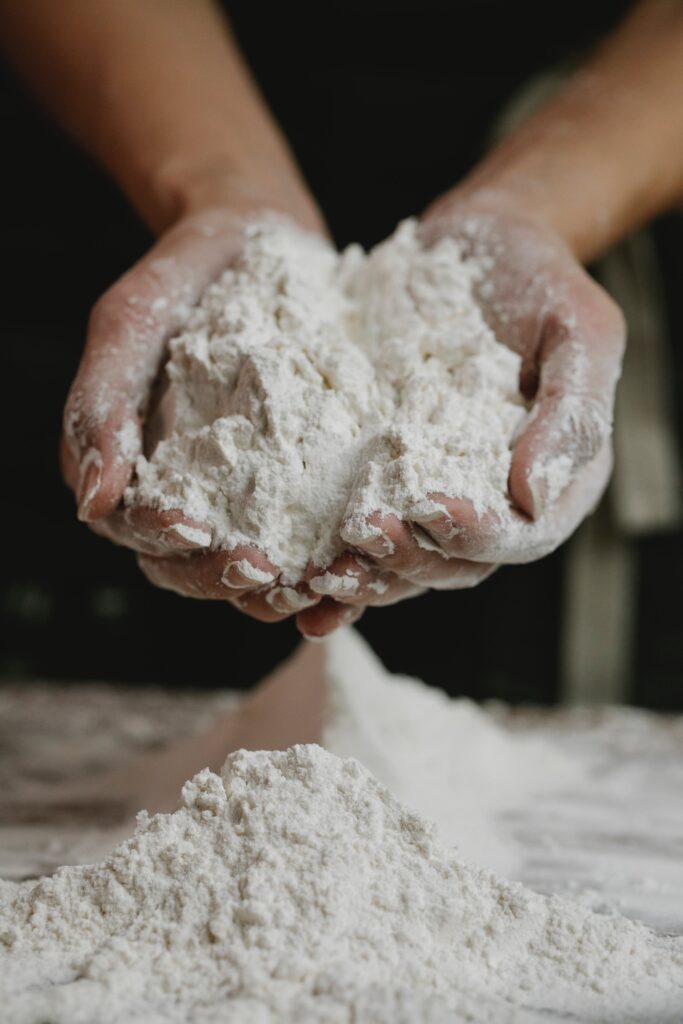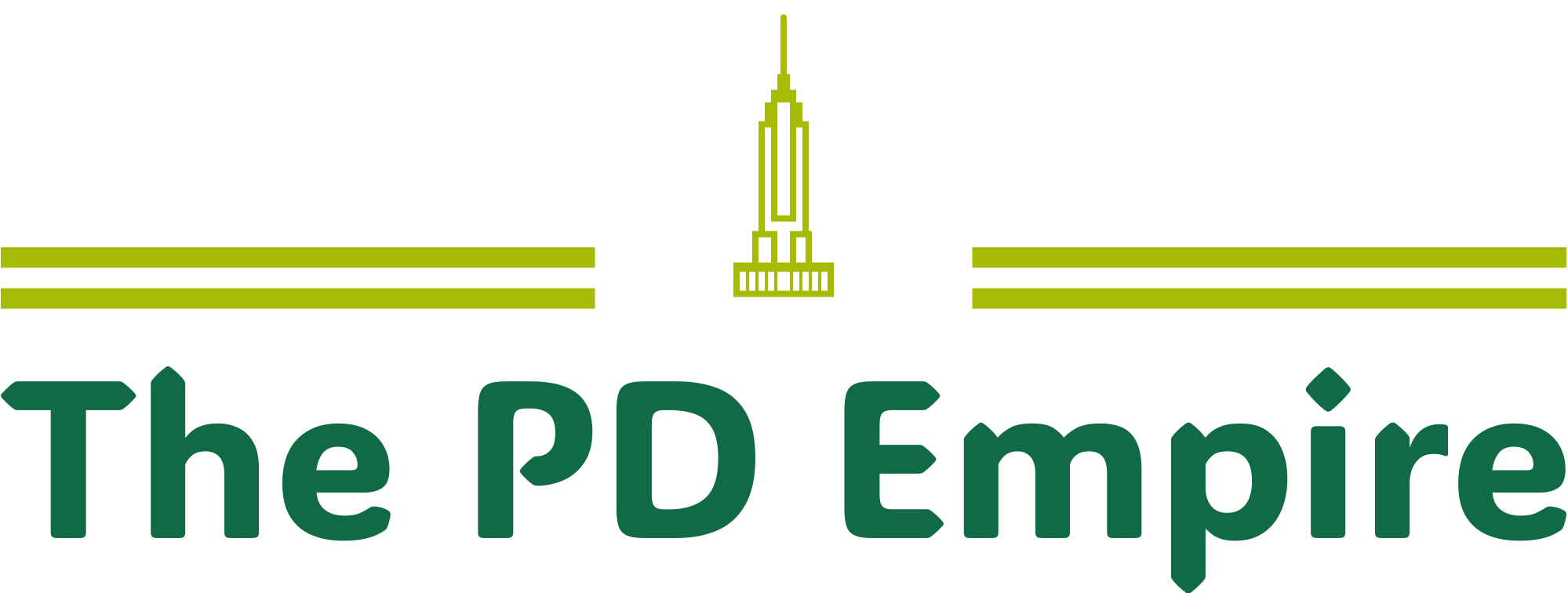Homemade Bean Flour is the procedure of making your own bean flour is really easy. Selecting the kind of bean you wish to utilize is the first step. After that, all you’ll need is an airtight jar and a blender.
The world of beans is diverse, offering a variety of flavors, textures, and unique nutritional profiles. Popular bean varieties include chickpeas, black beans, and fava beans, which are plant-based proteins. Lentils and black beans are fiber-rich, aiding digestion and promoting satiety. Potassium, magnesium, and iron are essential minerals for muscle function and nervous system health. Beans are naturally gluten-free, suitable for those with celiac disease or gluten sensitivity, and can be vegan/vegan. Beans have various flavor and texture preferences, such as mild, creamy, nutty, earthy, and sweet. Experiment with different types to discover your favorites and unlock a diverse range of flavors and nutrients

Making your own bean flour offers numerous benefits, including reduced waste, a lower carbon footprint, energy efficiency, and reduced reliance on processed foods. By using dried beans instead of pre-made flour, you can reduce packaging and processing waste, repurpose leftover bean pulp, and support local farmers. Home grinders use less energy than industrial facilities, reducing the environmental impact per serving. Making your own flour also allows you to control ingredients without unnecessary additives or preservatives. By incorporating these tips into your blog post, you can showcase the multifaceted benefits of homemade bean flour for both individual health and the environment.
Benefits and Satiety of Bean Flour

:
- Acts like a brush, adding bulk to stool and promoting smooth passage, preventing constipation and aiding regularity. Mention that regular bowel movements help eliminate toxins and waste efficiently.
- Soluble fiber: Dissolves in water, forming a gel-like substance that slows down digestion and nutrient absorption. This promotes a feeling of fullness and satiety, reduces blood sugar spikes, and feeds beneficial gut bacteria. Discuss the importance of gut bacteria for immune function, nutrient synthesis, and overall gut health.
- Gut Bacteria Connection: Elaborate on how fiber in bean flour serves as prebiotics, nourishing good gut bacteria like Bifidobacteria and Lactobacilli. These bacteria produce short-chain fatty acids (SCFAs) that benefit gut health, reduce inflammation, and potentially aid weight management by regulating appetite and metabolism. Cite a study linking gut bacteria composition to obesity risk.
- Nutrient Absorption: Briefly explain how good digestion with adequate fiber intake improves nutrient absorption from food. This ensures your body gets the essential vitamins, minerals, and macronutrients it needs for optimal function, potentially
- contributing to weight management by supporting healthy metabolism and energy levels.
- Protein Power: Highlight the specific protein content in bean flour (e.g., chickpeas have 14g per cup) and its role in promoting satiety. Explain how protein takes longer to digest than carbohydrates, keeping you feeling fuller for longer and reducing cravings. Mention studies comparing the satiating effects of protein vs. carbohydrates.
- Complex Carbs for Sustained Energy: Explain how bean flour is rich in complex
- carbohydrates (e.g., chickpeas have 45g per cup), unlike refined carbohydrates found in white flour. Complex carbs release energy slowly, preventing blood sugar spikes and crashes that can lead to overeating. Emphasize the importance of sustained energy levels for managing weight and avoiding unhealthy snacking.
- Fiber’s Double Whammy: Recap how fiber’s bulking effect in the stomach combined with its ability to slow down digestion contribute to a feeling of fullness and reduced calorie intake. This double action can be a valuable tool for weight management efforts.
- Studies and Statistics:
- Beyond simply binding to cholesterol, let’s delve deeper into the mechanisms and specific benefits:
- Soluble Fiber’s Heroism: Explain how the soluble fiber in bean flour, like β-glucan in oats or pectin in chickpeas, forms a gel-like substance in the intestine. This gel traps bile acids, which are essential for digesting fats. To replenish these lost bile acids, the liver pulls cholesterol from the bloodstream, primarily LDL (“bad”) cholesterol, lowering its overall levels. Cite a study demonstrating this effect.
- HDL (“good”) Cholesterol Boost: While primarily targeting LDL, some bean flours like soy flour may also contain components that increase HDL levels. Mention specific soy protein peptides or isoflavones and their potential role in boosting HDL, although research is ongoing.
Homemade bean flour is not only nutritious but also versatile. Here are some delicious recipes to try:

1.Crispy Chickpea Flour Pancakes: Make protein-packed pancakes with herbs and spices for a flavor twist.
2. Creamy Vegan Pasta Sauce: Make your own sauce using white bean flour for a smooth, nutty richness.
3. Savory Black Bean Flour Fritters: Mix black bean flour, spices, and vegetables for crispy, soft fritters.
4. Lentil Flour Falafel: Add protein and fiber to Middle Eastern dishes.
5. Sweet Treats: Make gluten-free chickpea flour blondies with chocolate chips, dried fruit, or nut butter.
6. Protein-Packed Bean Flour Cookies: Create healthy cookies with bean flour, oats, and nut butter.
7. Fluffy Bean Flour Pancakes: Start your day with protein-rich pancakes with your favorite toppings.
Conclusion
Bean flour is a versatile and health-promoting ingredient that can help manage weight, promote satiety, and support heart health. Its rich fiber content promotes nutrient absorption, and it’s a budget-friendly option compared to gluten-free flours. Bean flour also contributes to sustainable food practices and diversifies your diet. It’s important to consult a registered dietitian or healthcare professional for personalized dietary guidance and maintain a balanced diet rich in fruits, vegetables, whole grains, and lean protein, including beans and bean flour.

